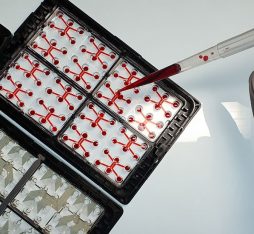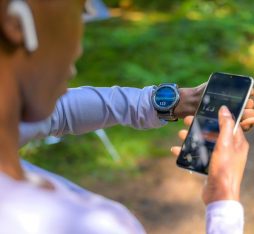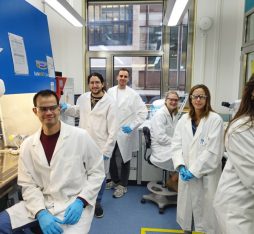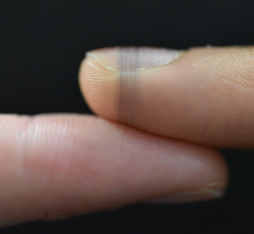• At the University of Arizona, a research team led by Professor Philipp Gutruf is developing flexible and non-invasive LoRa (from “long range”) devices, which enable data to be transmitted over long distances using low-power technologies.
• With the capacity to precisely record clinical signals while providing patients with greater autonomy, the new devices could revolutionize the remote monitoring of chronic illness.
IoT devices for the transmission of health data offer a promising solution for the remote monitoring of vulnerable patients. However, often they rely on the presence of a robust and reliable mobile networks, which are not always available in certain countries or geographical areas. In a bid to bridge the potential digital divide engendered by a lack of infrastructure, a team led by Philipp Gutruf, an assistant professor of biomedical engineering at the University of Arizona’s College of Engineering, has developed a non-invasive IoT device that is capable of transmitting data over distances much greater than Wi-Fi – more than 24 km (15 miles) – using a variant of Low Power Wide Area Network (LPWAN) technology known as LoRa.
The new devices, which can function in a wide range of settings, from densely populated urban environments to remote rural areas, can also be deployed for military purposes.
“We have developed a flexible 3D-printed mesh in which we can insert sensors that can be tailored like a fabric and adapted to individual morphology to the point where it is imperceptible to the wearer,” explains Philipp Gutruf. Equipped with small form-factor batteries that can last for 75 hours, devices for the experimental new platform do not require much power and can be recharged wirelessly, which means that they can be used over long periods by patients who barely need to interact with the system. As such, they can function in a wide range of settings, from densely populated urban environments to remote rural areas, and also be deployed for military purposes.

The biosymbiotic device developed by Phillip Gutruf and his collaborators charges wirelessly. Courtesy of Max Farley and Tucker Stuart.
High-precision monitoring of vital signs
The aim is to obtain very high-quality clinical signals from patients on changes that are virtually imperceptible, such as muscle contractions. “We can optimise the location of sensors so that they are exactly in the area of interest on the patient, and the device has its own computing capacity, so that it can directly process data on the patient’s heart rate and temperature with an accuracy in the order of millikelvins.” Along with measurements of muscle activity, the platform can also monitor perspiration through the detection of moisture levels on patients’ skin. “We can go further than with traditional IoT systems.” The researcher is also thinking about how sensors can be integrated in systems for patients who may be at risk if they are not already vulnerable. “We need to design very user-friendly devices that can easily be worn with minimal disruption.” Patients suffering from chronic diseases who need to make regular hospital visits, or those with symptoms that are not easy to diagnose, stand to benefit from round-the-clock monitoring. “The idea is to make patients’ lives as easy as possible with a platform that is operational under any circumstances, which can function when they are out in the sun or under the shower.”
The slow adoption of new technology in the healthcare sector
The drive to deploy the new platform, which is already available as a prototype, will need to overcome a few obstacles. “The tricky thing about this market is that in the United States, for example, each hospital system has its own guidelines and standards for processing information.” However, the researcher is convinced that the new tool will soon be able to communicate with a comprehensive range of systems via a standard interface. “The problem in healthcare is that the people who deal with the deployment of this type of technology are not doctors, but insurers and hospitals.” The adoption of tools of this kind, which also need to be validated by health authorities, will require some time. “Our role as a research laboratory is to evaluate hardware like microcontrollers and the secure transmission of data so that these devices can be integrated correctly.”
 Philipp Gutruf
Philipp Gutruf











